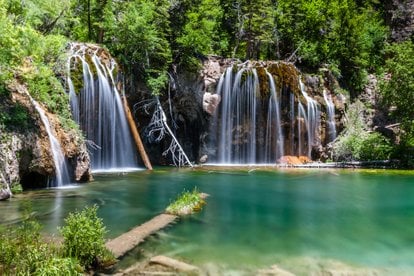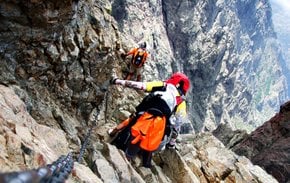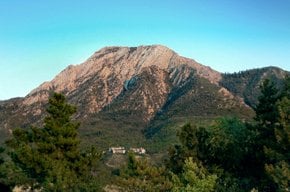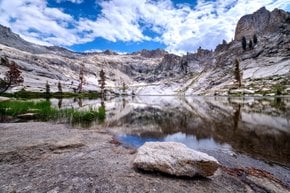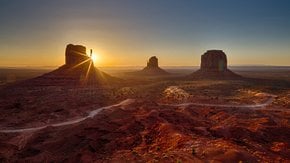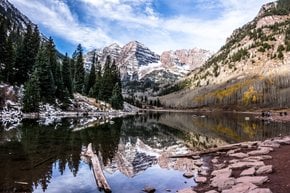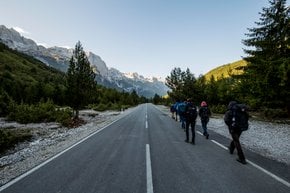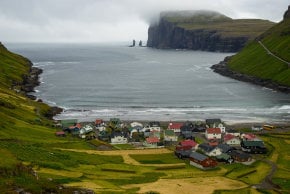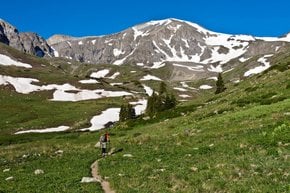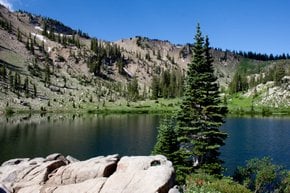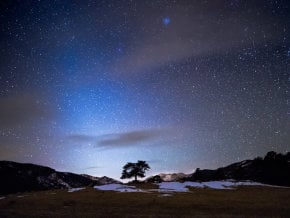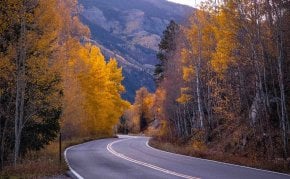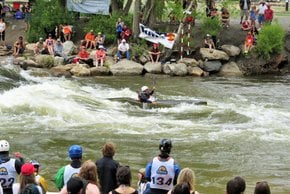Hanging Lake Trail (Glenwood Springs) in Colorado 2026
One of the most popular lakes in Colorado illustrates an interesting geological phenomenon
Best time: April–October
Hanging Lake is a National Natural Landmark, located in Glenwood Canyon, about 11 km (7 mi) east of Glenwood Springs, Colorado. It was formed as a result of a geologic fault that caused the lake bed to drop away from the valley above it. Water gets into Hanging Lake from Bridal Veil Falls. It's one of the most visited Colorado hiking destinations with about 100,000 tourists per year.
To get to Hanging Lake take a trail along the Glenwood Canyon (north side of I-70). The trail follows Dead Horse Creek and goes up for about 2.6 km (1.6 miles) from the trailhead to the lake.
The Hanging Lake's shoreline is composed of travertine, this is created when dissolved limestone is deposited on rocks and logs, creating travertine layers.
The best time to visit the lake is spring to late fall because hiking to the lake in icy winter conditions may be quite dangerous. Whereas the months from April to October are the most comfortable and safe to hike, these are also the most crowded. So if you prefer to avoid crowds, you may want to choose the offseason.

